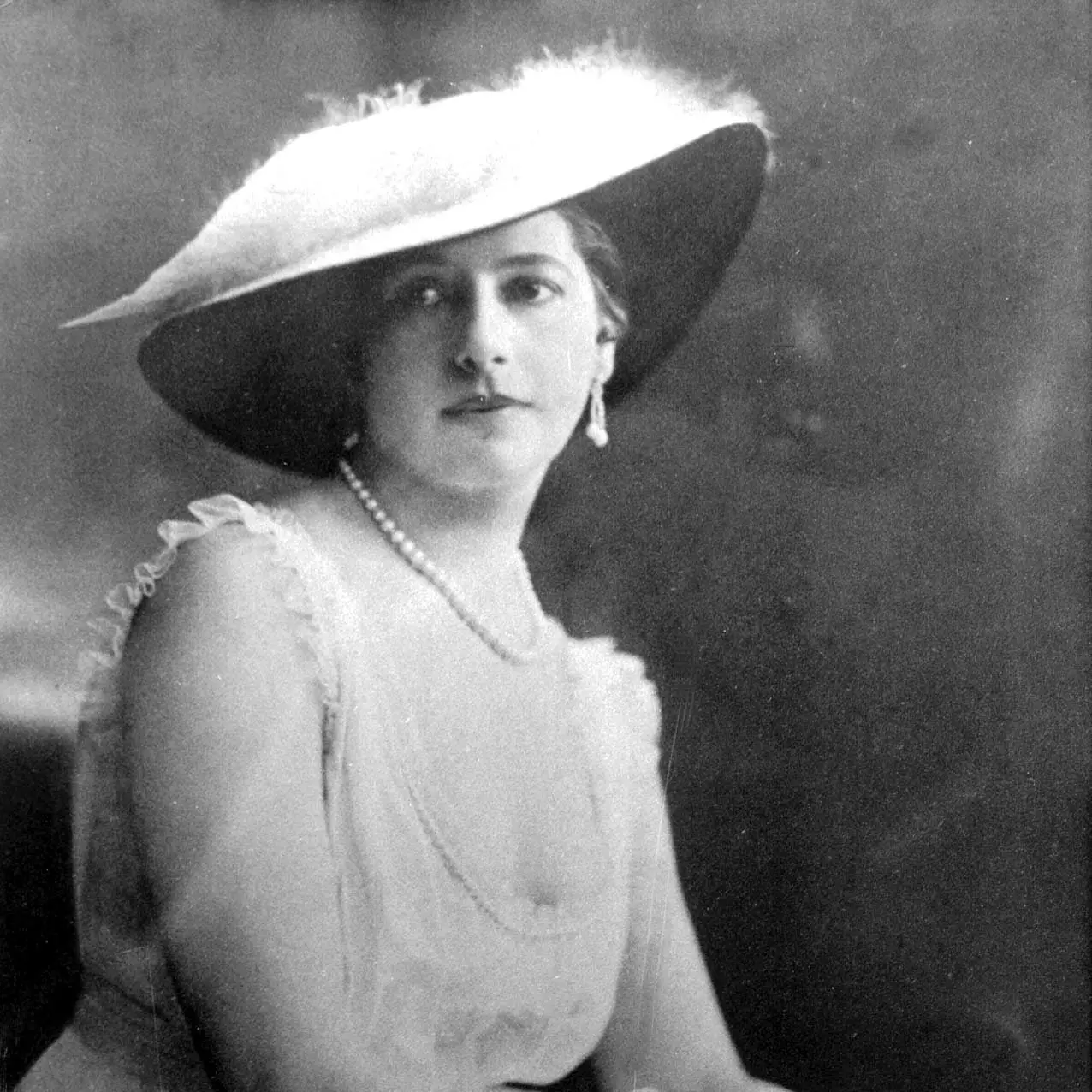
Ladies who spied and blew up trains
When we think of spy , on the woman-spy , we think of Kill hari . The dancer has fueled an imaginary that took shape in the film starring Greta Garbo . Sensual, fascinating, voluptuous, she embodies the femme fatale, the sorceress who uses her attractiveness to lure men into a deadly trap.
During the First World War, Dutch dancer started out as a German agent and later she worked for him french secret service . Accused of acting as a double agent, she was shot.
The unstoppable Nazi advance during the first years of World War II demanded a change of perspective. The spy was no longer the aristocratic and literary character who seduced the European courts, but a fighter who carried his commitment to the allied cause to the extreme.
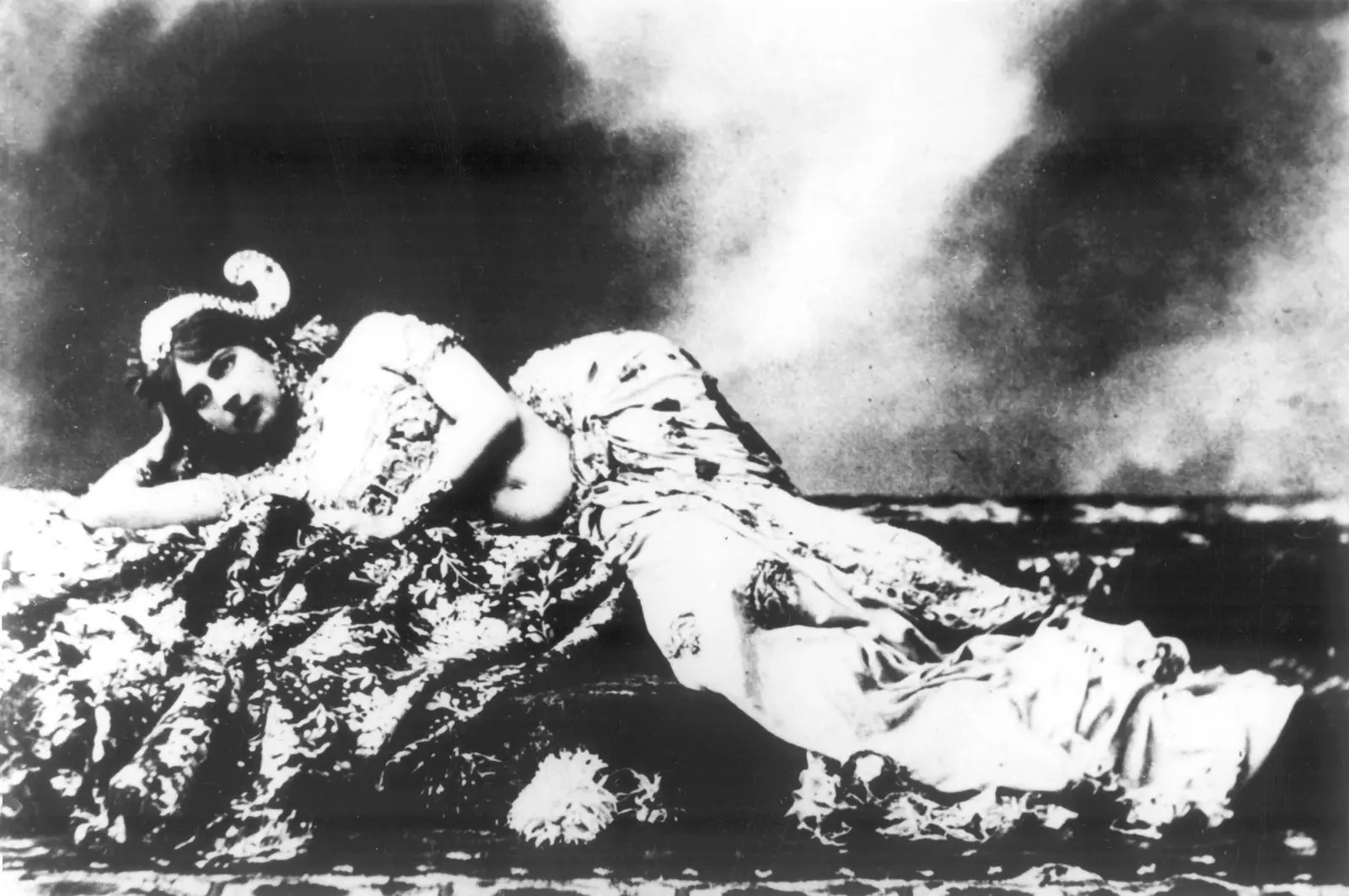
Kill hari
In the years between the wars, the figure of the new woman driven the first feminism he had proven the absurdity of physical weakness attributed to gender. The women had entered the university , which provided them with a certain degree of independence and career path.
Churchill she was the first to appreciate his potential for the secret service. In the Directorate of Special Operations, destined to carry out espionage, sabotage and military reconnaissance missions in occupied Europe, 3,200 of the 13,000 agents were women.
VERA ATKINS: THE TEACHER
At the organization's headquarters in Baker Street, Vera Atkins played the role of spymaster . She recruited, trained and organized the cells that acted on the continent, mainly in France. Born in Romania to a German father (her paternal surname was Rosenberg) and an English mother, both Jewish, she had studied in Lausanne and London. In Paris she graduated in Modern Languages at the Sorbonne. She was captured in Bucharest by Canadian spy William Stephenson , in which Ian Fleming was inspired to create the character of James Bond.
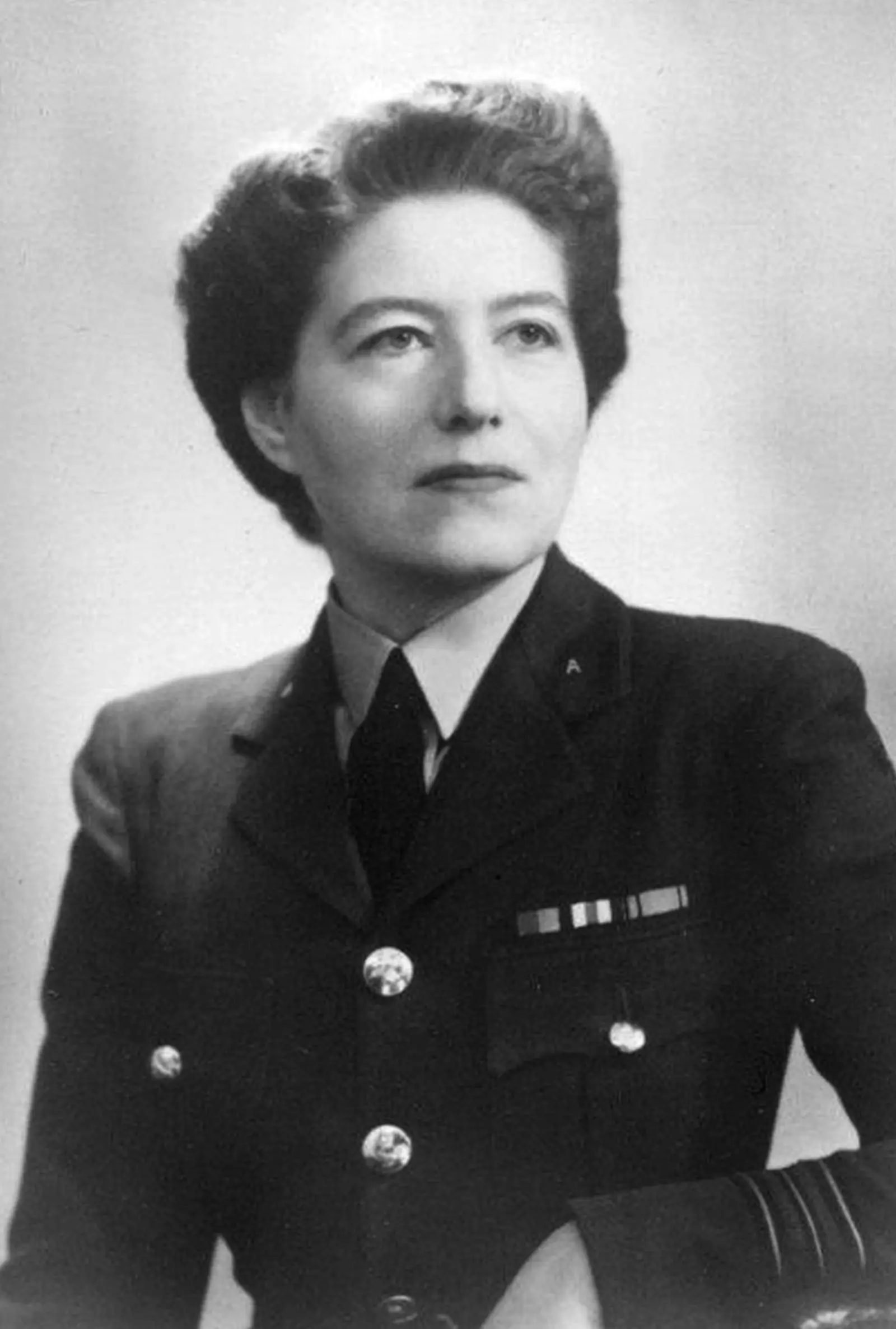
Vera Atkins
After her flight to London at the beginning of the war her first mission was to break the German Enigma codes . For encryption, a mechanical device similar to a typewriter was used. One of them was intercepted in Poland before the war. Atkins managed to bring to England the Polish mathematicians who had studied its operation with a replica of the encryption machine . Despite her efforts, changes to the code prevented it from being effectively cracked until Alan Turing's team success.
KRYSTYNA SKARBEK: HOW TO FREE A PRISONER WITH A SONG
Vera recruited Krystyna Skarbek , which took the name of Christine Granville . She belonged to the Polish aristocracy and she devoted her youth to horse riding and skiing. Her mother, Jewish, was heiress to a banking empire. At the beginning of the war she settled in London with her husband, an eccentric traveller. Atkins said of her that she was bold, attractive and untamed.
she traveled to budapest as a journalist. From there she skied across the Polish border through the Tatra Mountains alongside an Olympic skier who had joined the intelligence services. In Poland, Bulgaria and Hungary she gathered information on microfilms that she sent to London by post. In one of them, obtained by the Polish resistance group The Musketeers , she warned the British government of German preparations for the invasion of Russia.
She was parachuted into France to join the resistance and coordinate the collection of supplies and weapons that Allied planes dropped on night flights over the Alps. Cammaerts, alias Roger, her lover, who directed the operation, was captured along with other agents and taken by the Gestapo to the Digne prison. . The allied invasion advanced.
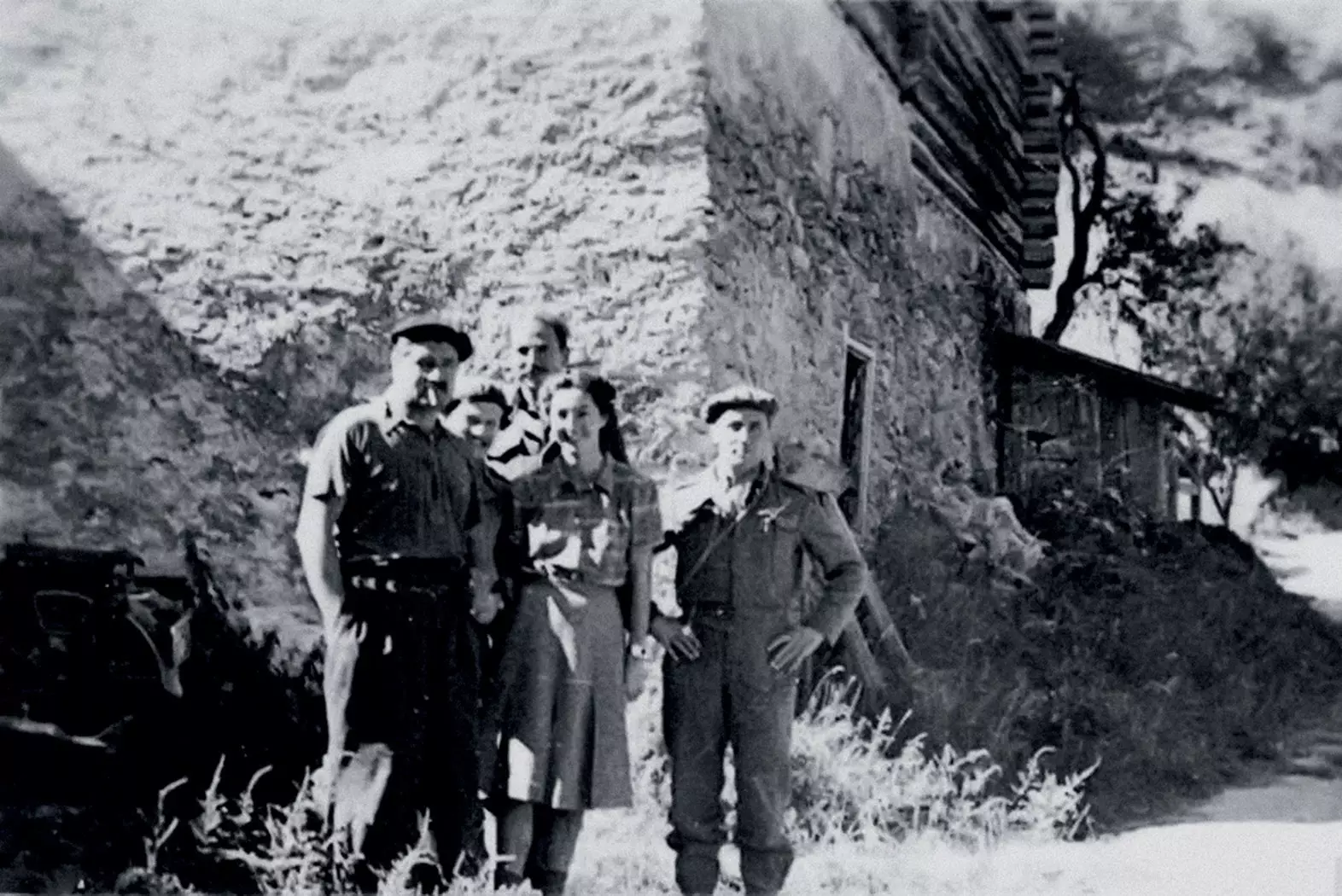
Christine Granville
Skarbek arrived in Digne alone, by bicycle, the day before the execution. She walked around the prison and sang Frankie and Johnny the song she shared with Cammaerts, until he answered behind bars . She presented herself to the officer in charge and managed to convince him to release them in exchange for protection. The arrival of the English army was imminent. Krystyna and the prisoners left the prison in Gestapo uniforms.
VIRGINIA HALL: THE LAME LADY COSTUMES
Hall was considered by the Germans as France's most dangerous spy . Born in Baltimore, she studied at Radcliff, Harvard Women's College, and Columbia University. She continued her training at the School of Political Sciences in Paris and in Vienna, but a hunting accident in Turkey led to the amputation of his left leg and she frustrated her aspirations to access the diplomatic corps.
Nonetheless, he decided not to abandon the fight against fascism advancing from Germany and he traveled to France, where he joined the ambulance service. When the Nazi invasion occurred, he cycled his wooden leg to the coast and crossed over to England . Over there Vera Atkins appreciated her value to the Special Operations Service.
She was sent to France by parachute. In Lyon she posed as a journalist for the New York Post under the code name of Germaine. She was a virtuoso of disguise . When she received a message she put a geranium on her terrace, which she hid behind a loose brick or which she transmitted attached to a glass, in a cafe. She thus provided information received by radio to the resistance about targets, troop movements, weapons supplies and prisoners.
The capture of la dame qui boite , the lame woman, became an obsession for the head of the Gestapo in the city: Klaus Barbie, the Butcher of Lyon . She was discovered by a mole. She did not hesitate to cross the Pyrenees with her only leg to escape from her.
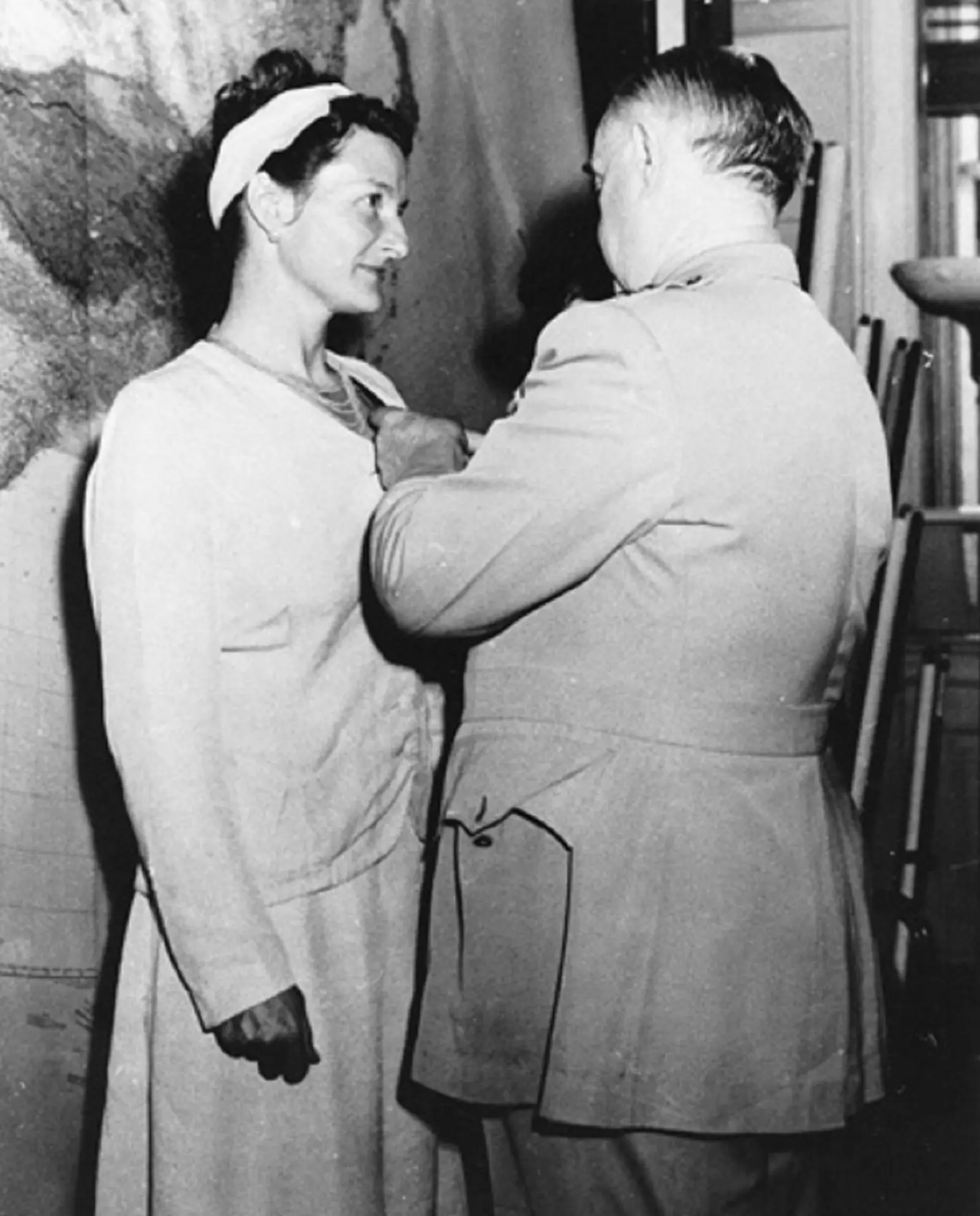
Virginia Hall
NANCY WAKE AND PEARL WITHERINGTON: A PRICE ON HER HEAD
The war brought out the outlaw in Nancy Wake and Pearl Witherington . Both had lived a restless existence. Her activism crossed the line.
Wake was born in New Zealand and, before coming to Paris as a correspondent for the Hearst group , she lived in Sydney, New York and London. In France she married an industrialist from Marseille and there she was surprised by the war. She joined a network that helped prisoners escape across the Spanish border. She was discovered and had to escape. Her husband was tortured and executed.
In London she was recruited by Vera Atkins she and she was sent to the Auvergne region, where she led 7,000 maquis, as the French resistance fighters were called. The Germans offered five million francs for her head. She was deadly and a heavy drinker.
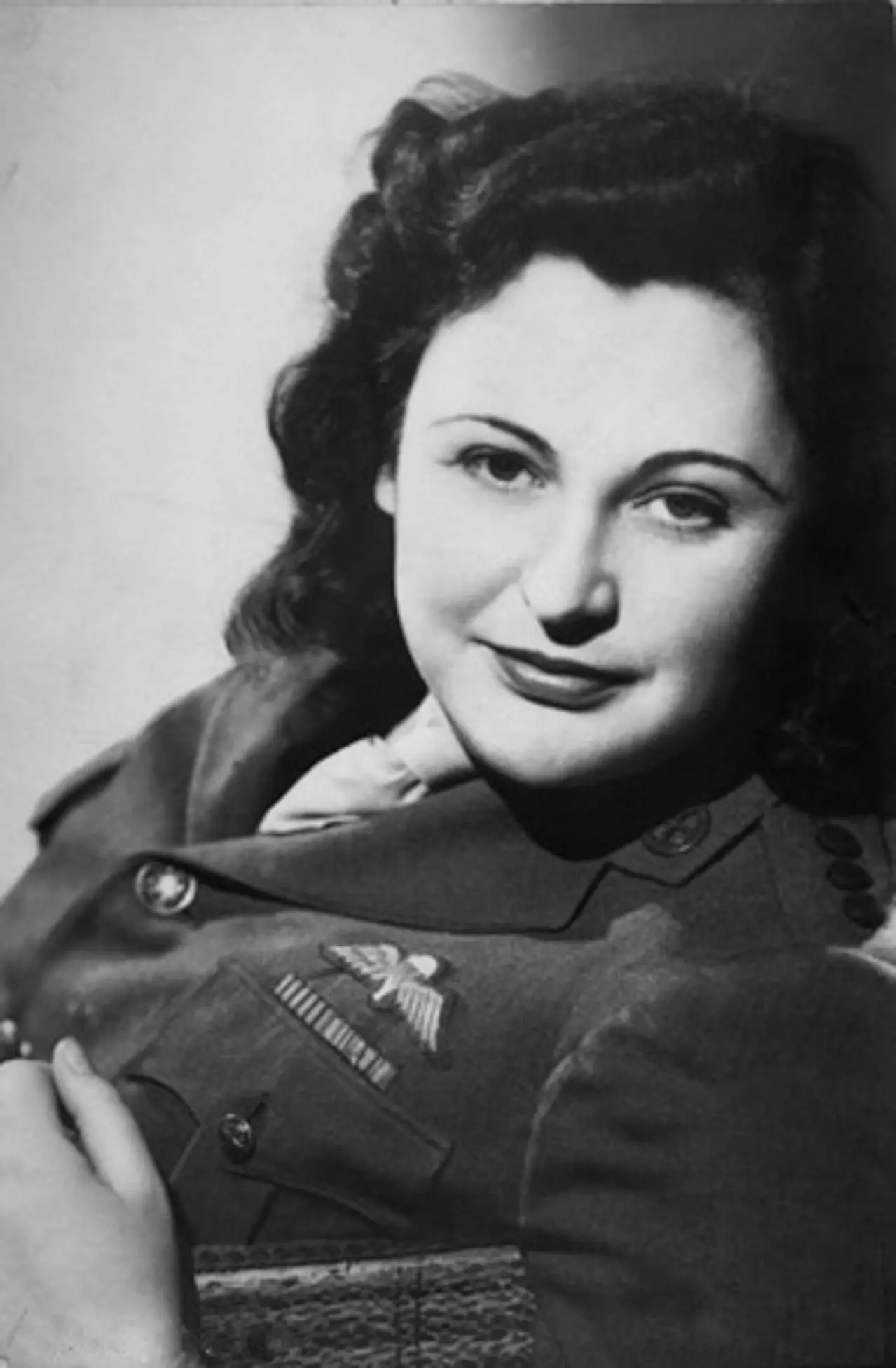
Nancy Wake
Her network carried out actions against Gestapo barracks and attacked trains with military supplies. . After the war, when she was asked in an interview what happened to a sentinel who raised the alarm at the Montluçon barracks, Nancy put her hand to her neck . "I did it with my hands," she said. It was a judo technique that we had been taught in London, but she had never used it before.
The father of pearl witherington he had inherited a considerable fortune that vanished in her fondness for alcohol. He grew up in Paris and worked as typist at the british embassy . After her training in the Special Operations Service she was sent to France under the code name of Marie, under the identity of a cosmetics salesperson. She worked as a courier there until the head of her cell was arrested.
She didn't consider running away . Together with a French colonel from the resistance, she organized her own network of partisans in the Indre region of central France . There they focused on sabotage of the railway line between Bordeaux and Paris, which managed to interrupt more than 800 times . Their goal was to cut off supplies sent to the Normandy front. The Gestapo offered a million francs for her capture.
In 1944 a detachment attacked her headquarters at the Château de Les Souches. Although only some of the maquis were captured, the Germans destroyed the radio transmission equipment and seized the weapons. Pearl managed to escape. She reactivated the network with aerial supplies and, under the impetus of the Allied advance, she grew her guerrilla force to 3,500 fighters..
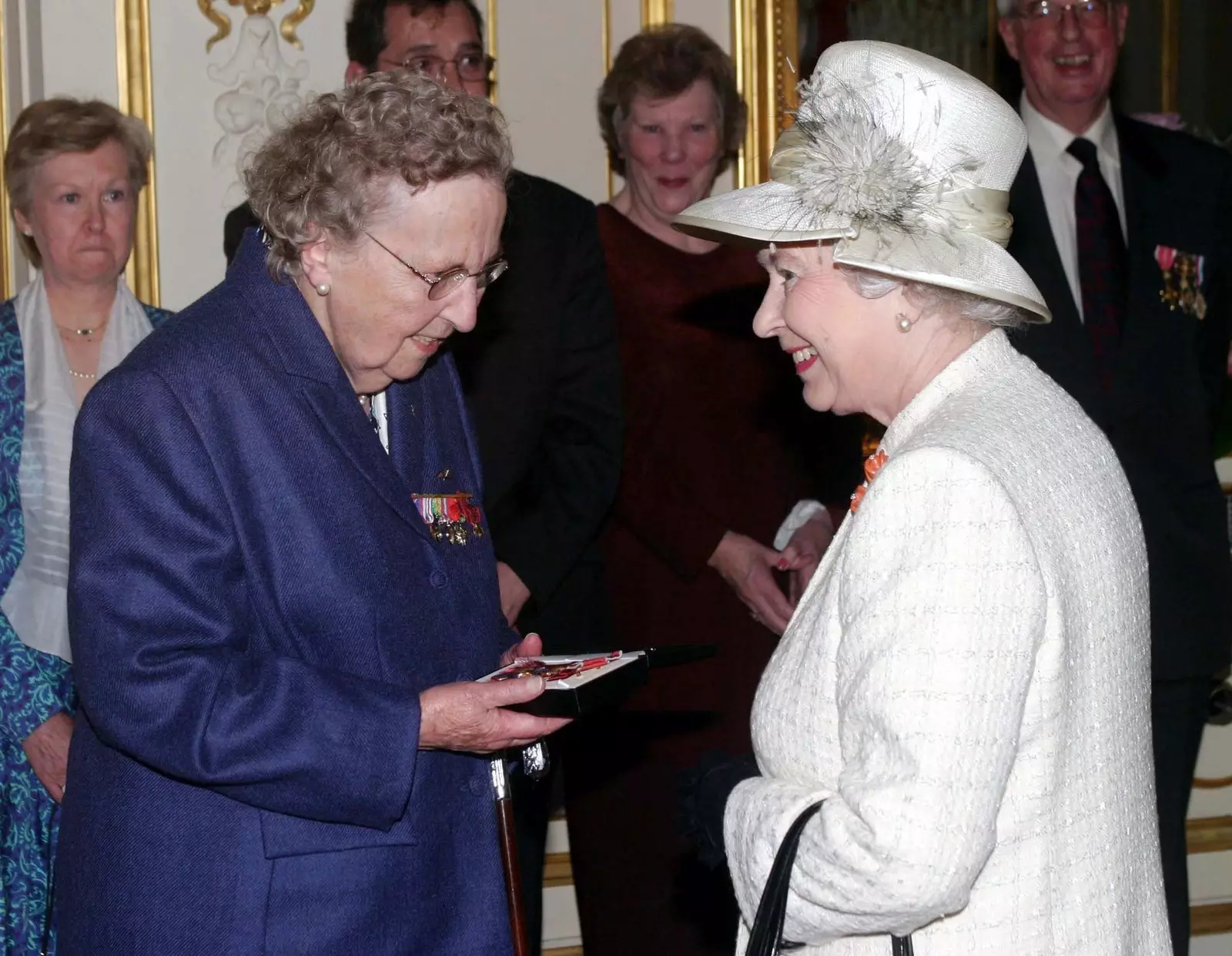
Pearl Witherington and Queen Elizabeth II
